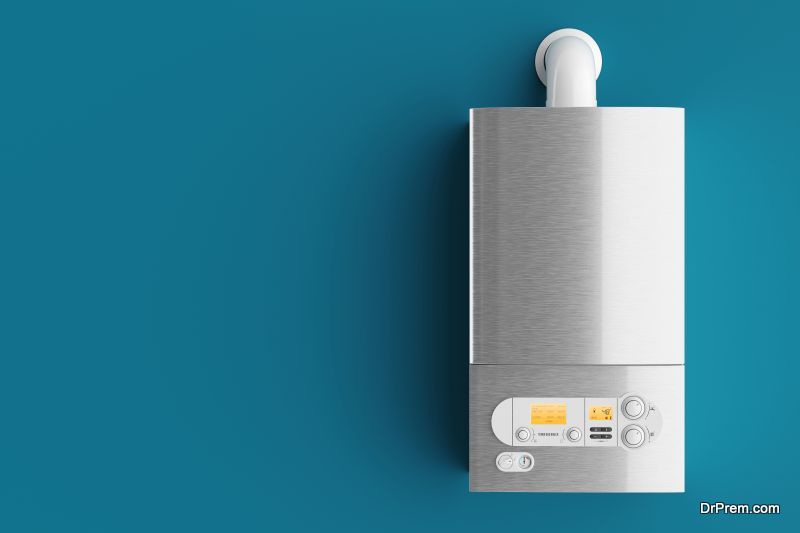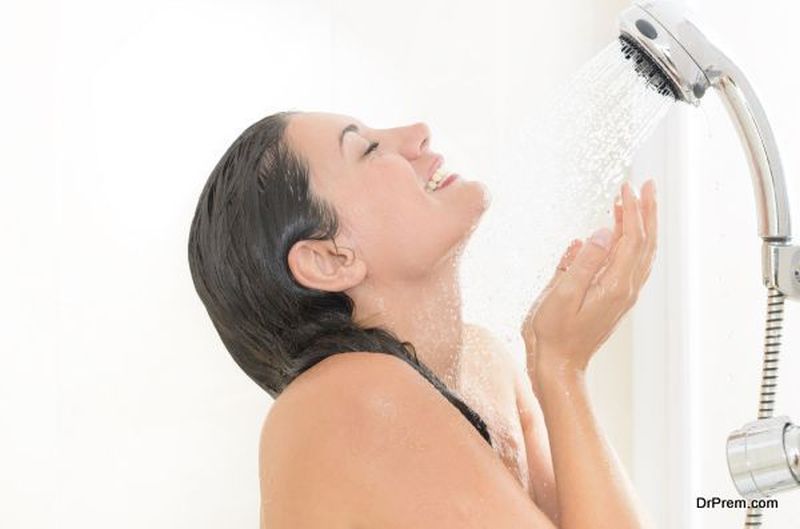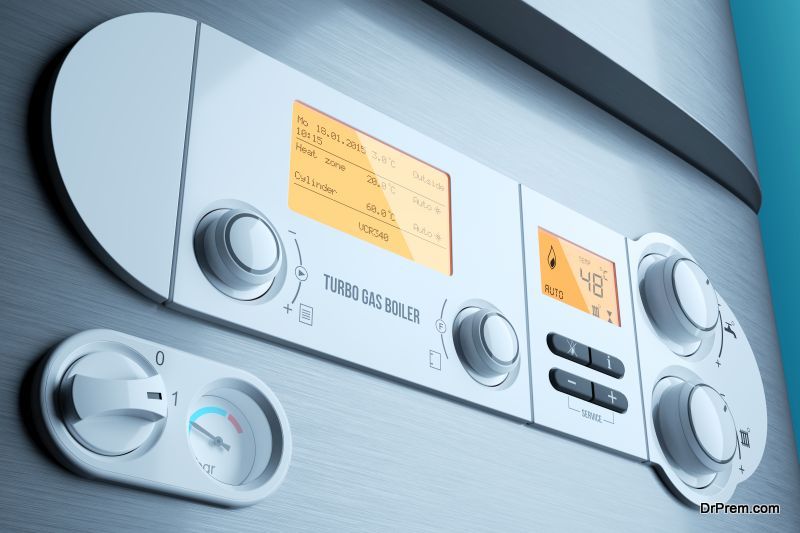You can always save energy and cost along with water, even when you are not ready or willing to replace the old water heater of yours with a brand new model that is said to be more energy efficient by the salesman. We know that water heaters are available in all sizes and types. The water heaters vary from each other when it comes to the operating costs and first cost. There are solar models, oil, propane, natural gas, electric, and tankless.
Even the electric tankless water heater reviews don’t say that the best tankless water heater lasts longer as compared to the storage water heaters, it is advised to use the tankless heater instead of just the tank. However, the electric tankless water heater costs twice or thrice than the cost of water heater models that run on standard gas.
Following are some clever tips that will help you trim down the costs of water heating.
Turn Down the Thermostat of the Tank

If you turn the temperature of your thermostat by ten degrees, you will be able to save 3 percent to 5 percent on the electric bill. The majority of the water heaters that are available come with 140 degrees preset and that has an added risk of burning. However, as recommended by Energy Department, majority of households should keep it 120 degrees. That is actually high enough compared to your needs, and in order to reduce the build-up of minerals in your pipes and tanks.
Here is how you will ensure 120 degrees.
- Start with measuring the temperature that the water is presently at. Do not believe what the thermostat says. They are often inaccurate; instead, go for a thermometer to see the temperature of hot water.
- In order to remember the particular setting, you should mark the temperature on the thermostat.
- Now you can turn the thermostat down to the mark that you think could be 120 degrees, depending upon your previous measurement.
- Wait for two hours, at least. You can measure the temperature of the water again. It could take you some more time to get the temperature right.
- Once it is right, you can mark the spot on the thermostat so that you remember it the next time.
Draining the Sediment
The tanks build up the sediment naturally that will further reduce the efficiency and make saving on energy a very challenging task. In order to keep it flowing efficiently, you should drain the tank regularly. Here are some easy steps to do it.
- First, you should turn off power to the unit and the water. On a unit of gas, you can set it to pilot.
- Connect a spigot, found at the tank’s base to the garden hose.
- With the hose’s other end pointed at the floor drain, lift the pressure-relief valve of the tank carefully and then turn the spigot of the tank, on; you will find that the water is beginning to flow.
However, you can choose the best tankless water heater to avoid this problem.
Less Usage of Hot Water

One of the most effective ways to take care of the cost of the hot water is to use less of it. Statistics say that a family, comprising of four members, use seven hundred gallons each week just for showering; that is equivalent to an average person’s drinking water supply for three years. Therefore, if you can install faucet aerators and low-flow showerheads then you will effectively cut down the consumption of hot water by 25 percent to 60 percent, which will further help you in saving on the water bill as well.
Insulate the Exposed Pipes of Hot Water
When you insulate the hot-water pipes, you will see the water arriving at faucet two to four degrees warmer and that means you will not be kept waiting for the water to warm up or heat up. This will help a great deal in saving water, energy, and money.
Insulate the Tank of Hot Water
If there is an older tank in your house and is placed in a space that is usually unheated, then you can wrap it with the insulating blanket. This method is an easy and cheap way to bring down the costs.
Many manufacturers have sorted this out and that is why a majority of the newer models have insulated already. It is actually an easy task to know which one of these you have. You can simply look on the label to find out if it already has R-value of 24, at least. You should insulate the tank, if not.
Article Submitted By Community Writer




